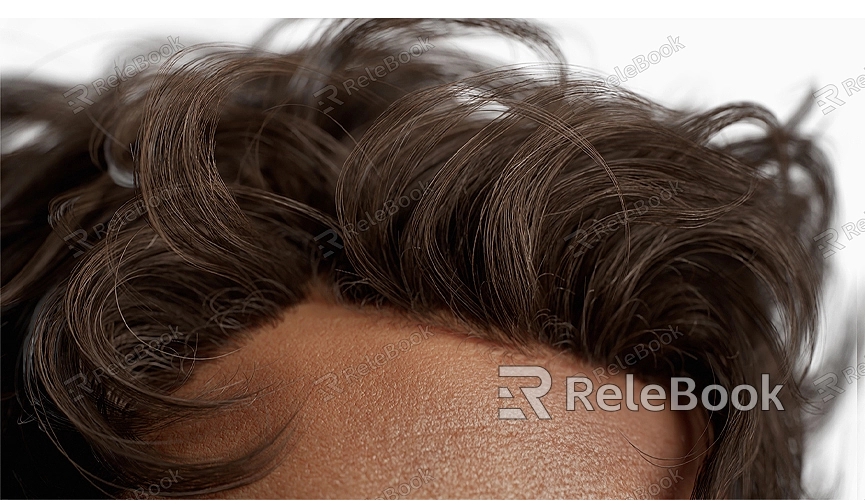How to render roblox character in blender
Roblox is a popular gaming and creation platform where users can create and share their own games and characters. Importing and rendering Roblox characters in Blender is a skill many players and developers need to master. This process allows you to create stunning screenshots, animations, or other visual effects for your characters. This guide will walk you through the steps of rendering Roblox characters in Blender, helping you leverage Blender’s powerful features to enhance your creative work.

Importing Roblox Characters into Blender
First, you need to import your Roblox character into Blender. This process involves several steps:
1. Export Roblox Character: In Roblox, start by exporting the character in a supported format. Typically, you can use plugins or third-party tools to export the character as OBJ, FBX, or other formats. Make sure to export with all necessary textures and material information.
2. Open Blender: Launch Blender and create a new project. Go to the “File” menu, select the “Import” option, and then choose the import type that matches your exported file format (e.g., OBJ or FBX).
3. Import Character File: Select the exported character file and click the “Import” button. Blender will read and load your character model. After importing, you may need to adjust the model's position and scale to fit your scene.
4. Check the Model: Once the import is complete, inspect the model's details, including textures, materials, and rigging. Ensure that all parts are imported correctly and make any necessary adjustments.
Configuring Materials and Textures

To make your Roblox character look more realistic in Blender, you'll need to configure materials and textures:
1. Add Materials: In the “Materials” panel in Blender, add new materials to the character model. Click the “New” button and name the material. You can set different materials for different parts of the character as needed.
2. Apply Textures: Apply the exported texture files to the materials. In the “Materials” panel, find the “Textures” section, add, and select your texture files. Ensure that textures are correctly mapped to each part of the character model.
3. Adjust Material Settings: Adjust material settings as needed, such as color, reflectivity, and roughness. You can use the “Shader Editor” to fine-tune material details for better visual results.
4. Check UV Mapping: Ensure that the model’s UV mapping is correct. Open the “UV Editor” and check the UV layout of the model. Make adjustments if necessary to ensure accurate texture mapping.
Setting Up the Scene and Lighting
Proper scene and lighting setup is crucial for rendering quality:
1. Arrange the Scene: Create a suitable scene in Blender for your character. You can add background objects, floors, or other decorative elements to enhance the visual appeal.
2. Add Lighting: Set up lighting for your character. Use different types of lights such as area lights, point lights, or spotlights, adjusting the intensity and position as needed. Proper lighting will highlight the details and textures of your character.
3. Adjust the Camera: Position and angle the camera to achieve the best rendering results. Use the camera view to see how the character appears in the shot and make adjustments to get the desired effect.
Rendering and Post-Processing
Once all the settings are in place, you can render and process the image:
1. Select a Rendering Engine: Blender offers several rendering engines like Cycles and Eevee. Cycles is suited for high-quality renders, while Eevee is better for real-time rendering. Choose the rendering engine that fits your needs and adjust the related settings.
2. Set Render Parameters: In the “Render” panel, set parameters such as resolution and sampling rate. Higher resolution and sampling rates improve image quality but also increase render time.
3. Perform the Render: Click the “Render” button, and Blender will generate your character image. During the rendering process, you can monitor progress and make adjustments as needed.
4. Post-Processing: Use Blender’s “Compositor” for post-processing. Adjust color, contrast, brightness, and other settings to enhance the final image.
Practical Applications
Rendering Roblox characters into high-quality images or animations can be useful in various scenarios. For instance, you can use these renders for game covers, character showcase images, or animated shorts. Blender’s powerful features allow you to create stunning visual effects, enhancing the quality and appeal of your work.
Rendering Roblox characters in Blender involves some techniques and settings, but by importing models, configuring materials and textures, setting up scenes and lighting, and performing rendering and post-processing, you can achieve high-quality results. If you need high-quality 3D textures and HDRI for your projects, you can download them for free from [Relebook](https://textures.relebook.com/). For exquisite 3D models, visit [Relebook](https://3dmodels.relebook.com/). Relebook offers a wide range of premium 3D resources that can further elevate your design and rendering quality, making your Roblox characters shine in Blender. We hope this guide helps you master the techniques for rendering Roblox characters in Blender and enhances your creative skills.

